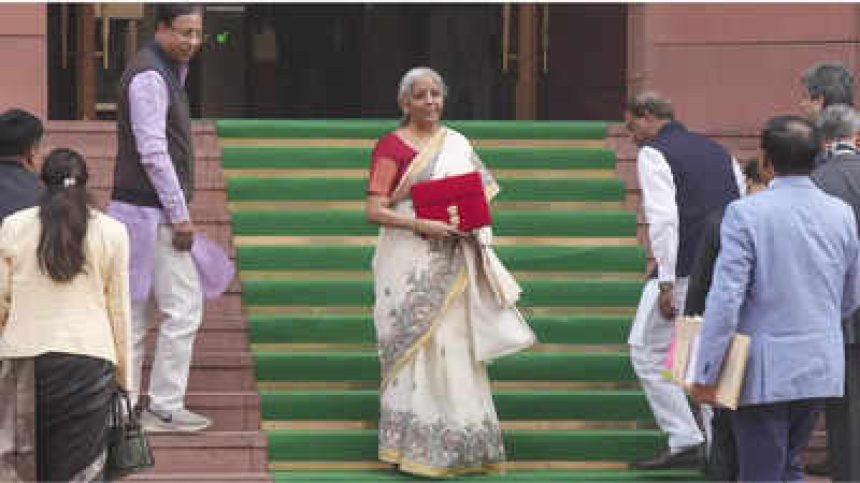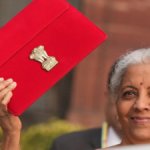Union Finance Minister Nirmala Sitharaman’s choice of attire on Union Budget days has become a highly anticipated event, with her sarees often carrying deep cultural significance. For her record eighth consecutive Union Budget presentation, the minister chose an off-white handloom silk saree that featured fish-themed embroidery and a golden border, paying tribute to the traditional Madhubani Art from Bihar.
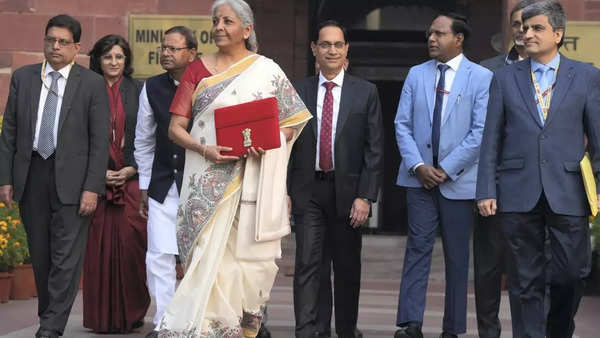
The saree, designed by Padma awardee Dulari Devi, is a perfect representation of the vibrant and symbolic Madhubani art form that hails from the Mithila region of Bihar. This unique artwork, known for its vivid colors and intricate patterns, has been a significant part of India’s cultural heritage. The fish motifs on the saree represent fertility, abundance, and prosperity –
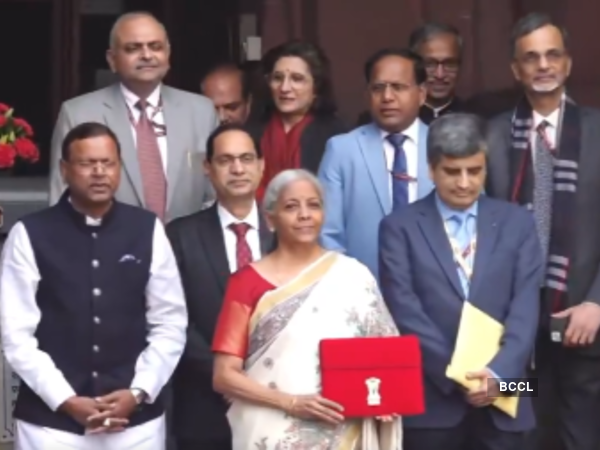
symbols that align with the hopeful, economic outlook that the Union Budget often aims to bring to the nation.
The saree was paired with a contrasting red blouse and a white shawl, completing an ensemble that reflected both elegance and cultural pride. The fish motifs also subtly echo the theme of *abundance*, mirroring the aspirations the Finance Minister hopes to foster through her fiscal policies.
Dulari Devi, a prominent artist and a pioneer in spreading awareness through her art, has faced numerous hardships in her life. She was introduced to Madhubani painting by her mentor, Karpoori Devi, and has since dedicated her work to addressing social issues such as child marriage, AIDS awareness, and foeticide. Over the years, she has produced over 10,000 paintings, some of which have been exhibited internationally. Her collaboration with Sitharaman this year serves not only as a tribute to the art form but also to the resilience and strength of women in rural India, particularly those who have elevated their craft to global recognition.
Ms. Sitharaman’s saree this year also continues her tradition of supporting regional handloom artisans, something she has showcased consistently throughout her tenure. In previous years, her saree choices have ranged from a simple pink Mangalgiri saree in 2019 to a vibrant yellow-gold silk saree in 2020, each selection telling a different story through the choice of colors and motifs, highlighting India’s rich textile heritage. Whether it was the Pochampally saree with ikat patterns from Telangana or the rust brown Bomkai saree with intricate border detailing, each outfit has had a deeper cultural resonance tied to India’s diverse crafts and traditions.
On the Budget day, she posed for the iconic ‘briefcase’ photograph outside her North Block office in the saree, holding a traditional bahi-khata, a red-cloth wrapped ledger—replacing the leather briefcase that had been a staple for decades. This shift, which she introduced during her first Budget presentation in 2019, was not only symbolic of her efforts to embrace tradition but also aimed at making a statement about India’s cultural roots in a modern, globalized world.
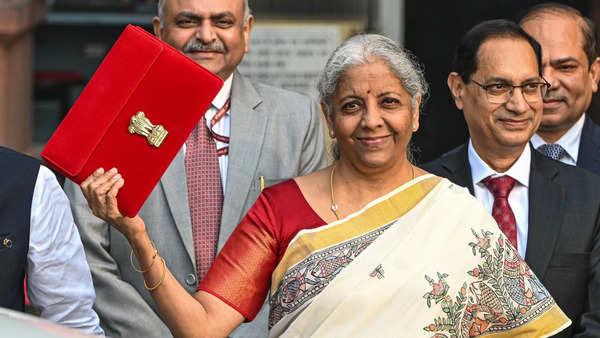
This year’s saree is yet another example of how Nirmala Sitharaman uses her sartorial choices to send out strong cultural messages, highlighting India’s craft heritage while marking the seriousness of the occasion. As she heads to present the Budget to the President, the Madhubani saree serves as a reminder of the rich history and vibrant art forms that continue to thrive within India’s diverse cultural fabric.
Nirmala Sitharaman’s wardrobe on Union Budget day has, over the years, become a unique blend of tradition, art, and symbolism—something that transcends mere clothing and speaks volumes about the nation’s cultural pride. Through these thoughtful sartorial choices, she celebrates India’s craftsmanship while acknowledging the ongoing role of these traditions in shaping contemporary India.

